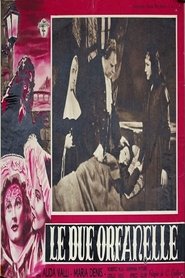detail profile otello toso
Peran Yang Di Mainkan Otello Toso
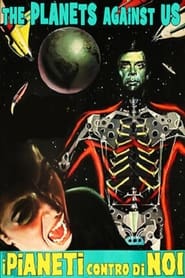 An alien race sends cyborgs made...
An alien race sends cyborgs made...Planets Around Us 1962
An alien race sends cyborgs — made to look like the son of a famous scientist, whom they killed when he landed on their planet — to Earth to help pave the way for an invasion.
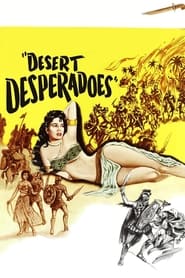 A caravan guarded by Roman soldiers...
A caravan guarded by Roman soldiers...Desert Desperadoes 1959
A caravan guarded by Roman soldiers comes across a woman bound to a stake and left to die. A wealthy merchant who hired the caravan is against taking The Woman along, but the commander of the soldiers, Verrus, overrules him. Verrus tries to get friendly with her, promising all kinds of wealth for her favors. The caravan encounters a group of Jdean refugees fleeing from King Herod's orders to kill all male children. They are on their way to Egypt with a male child with them. The Merchant begins to ponder the reward that would be paid by the King and orders The Woman to seduce a Roman guard to enable the messenger to get away. When the King's soldiers show up, Verrus refuses to surrender the refugees. Then the sand hits the fan.
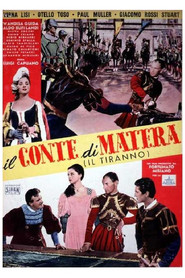 Rambaldo Tramontana a count who went...
Rambaldo Tramontana a count who went...Il conte di Matera 1957
Rambaldo Tramontana, a count who went into battle backed by the French, returns to Matera to take revenge once he is victorious, but the city is deserted and he begins to commit abuses and violence.
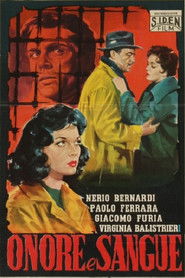 A humble clerk is forced to...
A humble clerk is forced to...Onore e sangue 1957
A humble clerk is forced to take on debts to cure his mother.
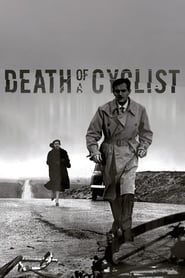 A couple having an affair strike...
A couple having an affair strike...Death of a Cyclist 1955
A couple having an affair strike a bicyclist with their car and do not offer aid out of fear of their relationship being exposed.
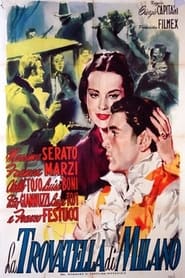 Love story set in Milan during...
Love story set in Milan during...La trovatella di Milano 1955
Love story set in Milan during the Five Days of 1848.
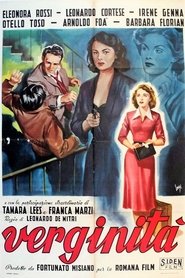 Gina is the daughter of a...
Gina is the daughter of a...Verginità 1951
Gina is the daughter of a provincial newsstand dealer and spends her time reading pulp magazines and dreaming of a glamorous vocation on the big city. She enters a beauty contest in a nearby city, without her father's permission, and, en route, meets Franco, a salesman.
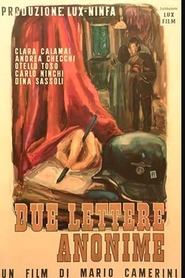 When her sweetheart Bruno joins the...
When her sweetheart Bruno joins the...Two Anonymous Letters 1945
When her sweetheart Bruno joins the Italian army, Gina, bored by her lack of social life, weds Tullio. She comes to regret her decision when Tullio proves to be a Nazi collaborationist. Casting her lot with the Resistance movement, Gina is forced into a difficult decision when the safety of ex-lover Bruno is endangered by the treachery of Tullio.
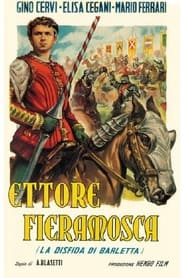 ETTORE FIERAMOSCA was based on a...
ETTORE FIERAMOSCA was based on a...Ettore Fieramosca 1938
ETTORE FIERAMOSCA was based on a widely-read literary action epic by Massimo D'Azeglio, published in 1833. Translated to the screen in 1938 by the most important director of the Italian fascist period, Alessandro Blasetti, it was intended to boost current patriotic fervor and pride in the Italian nation, and it contributed to a revival of Italian nationalism.
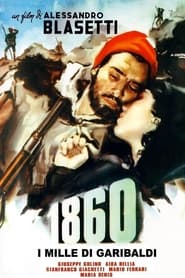 The story is the harried attempt...
The story is the harried attempt...1860 1934
The story is the harried attempt of a Sicilian partisan, as part of the risorgimento, to reach Garibaldi's headquarters in Northern Italy, and to petition the revered revolutionary to rescue part of his besieged land. Along the way, the peasant hero encounters many colorful Italians, differing in class and age, and holding political opinions of every type. There is a key train scene, and the film ends on the battlefield, Italian unification a success, despite brutal losses.
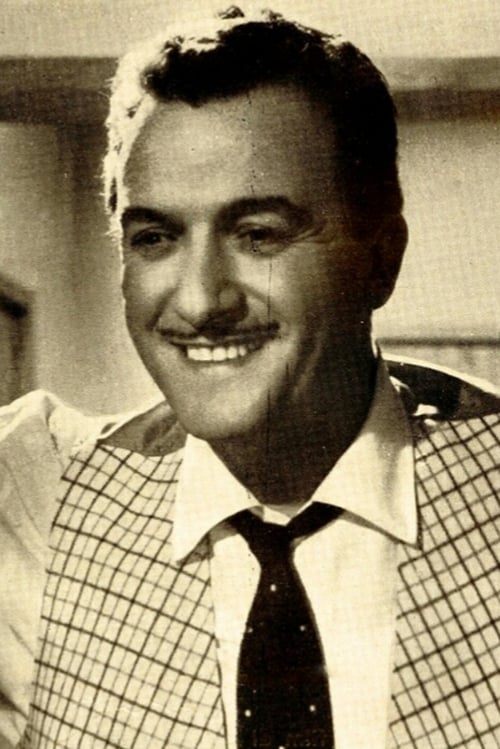
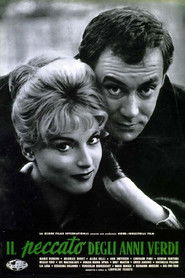 Released from a boarding school of...
Released from a boarding school of...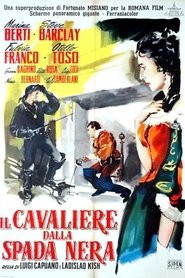
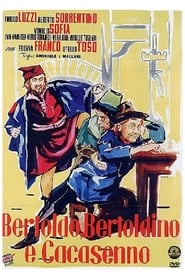 A poor farmer is invited to...
A poor farmer is invited to...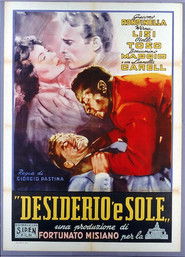
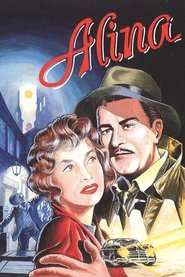 A woman takes her ill husbands...
A woman takes her ill husbands...
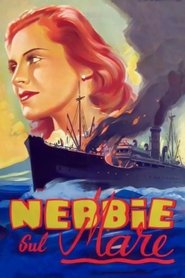 A woman struggles to make a...
A woman struggles to make a...